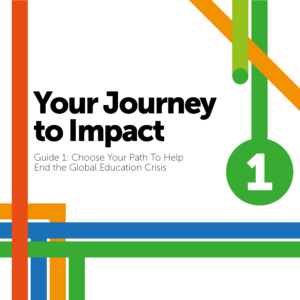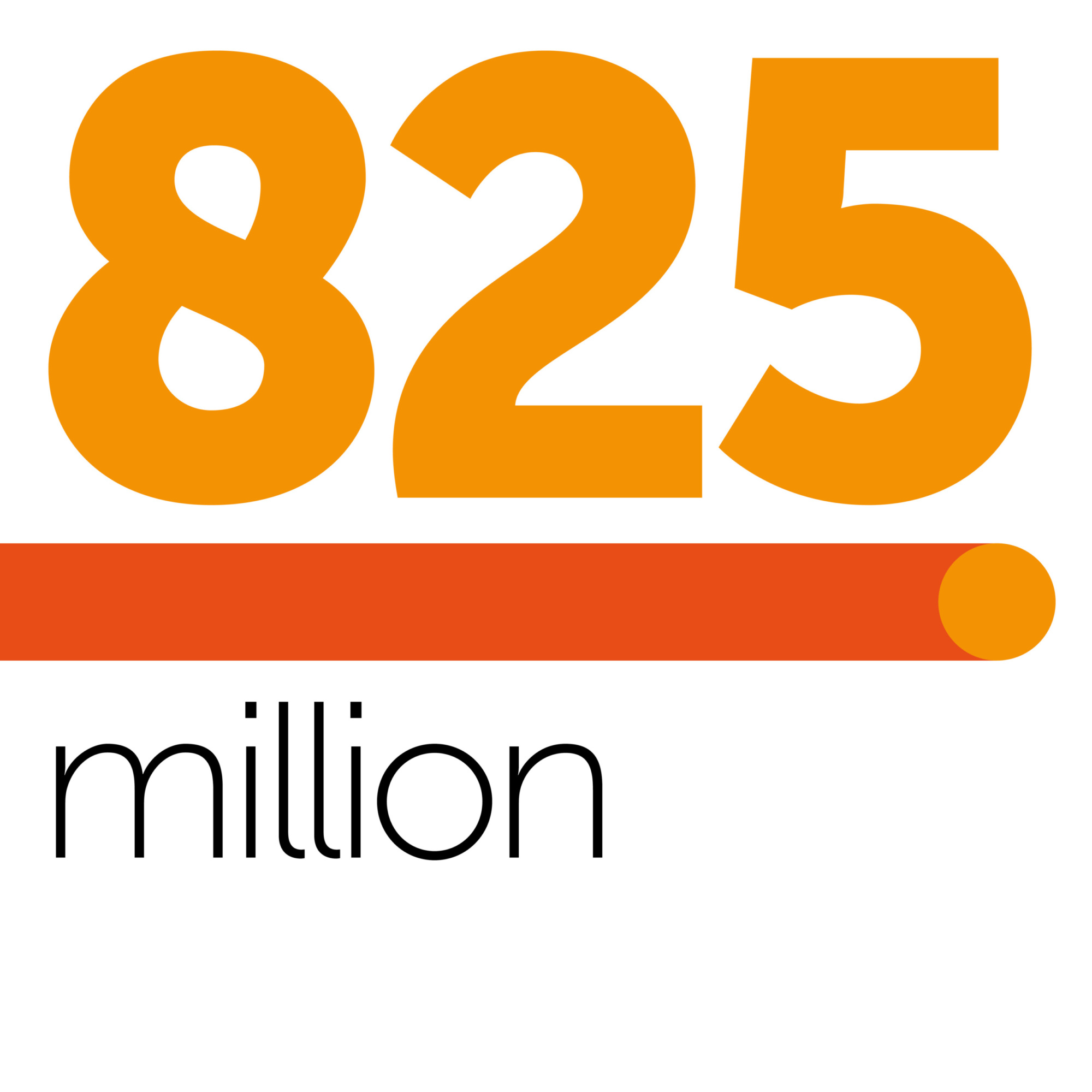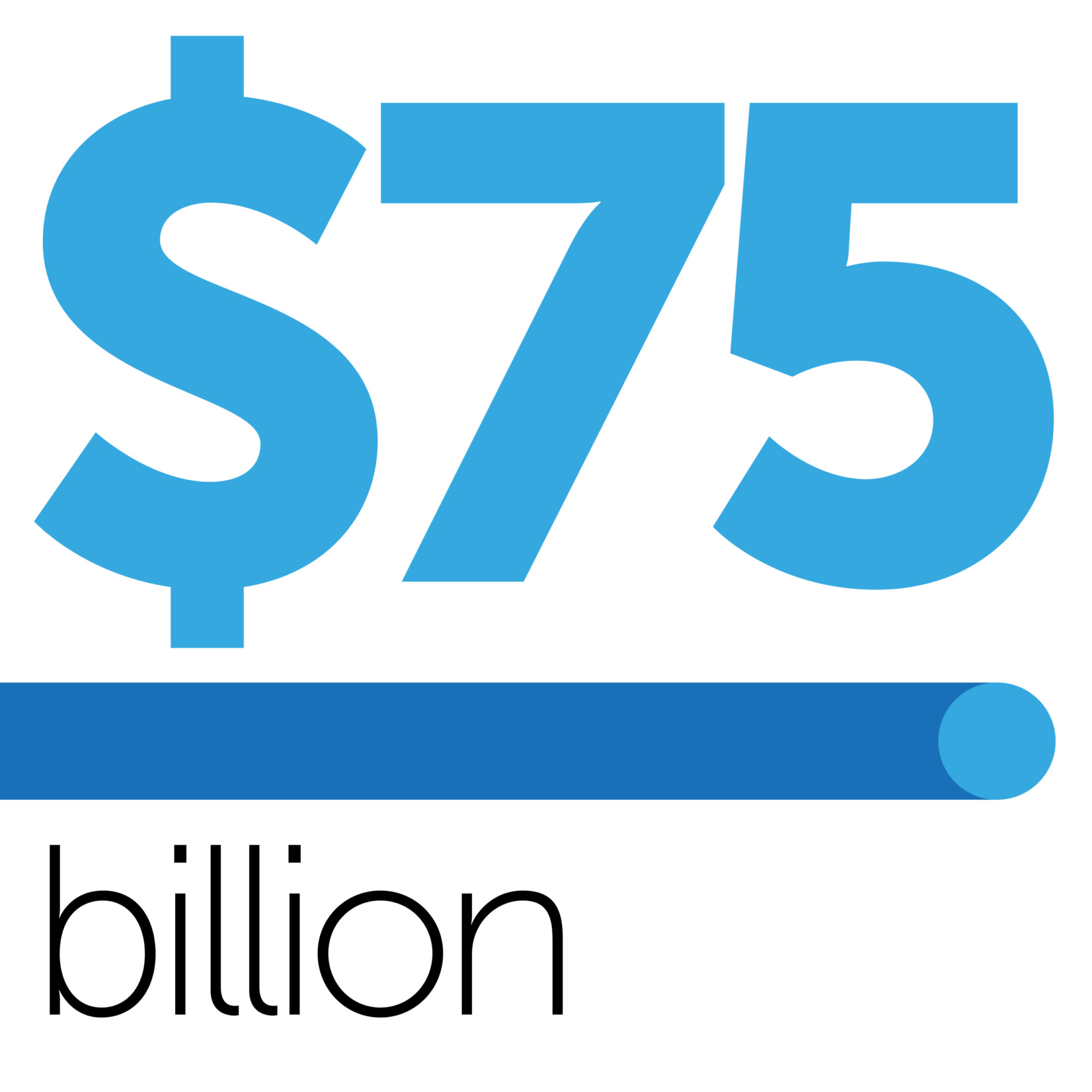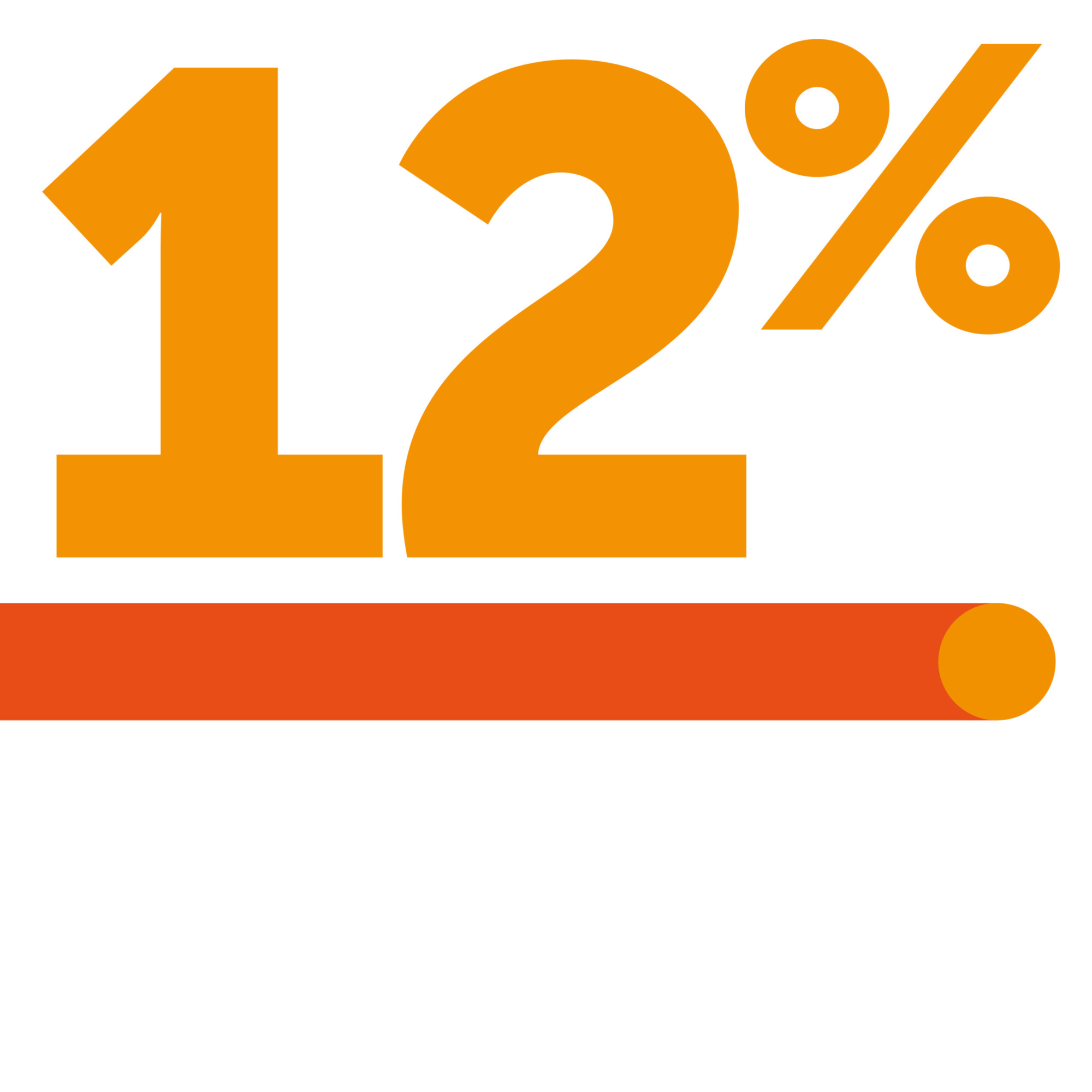
Download the guide
Get started with your journey to impact
Download Guide 1 today
Choose Your Path To Help End the Global Education Crisis
Choose Your Path To Help End the Global Education Crisis
Your Journey to Impact offers strategic ways your business can support education to create the future that all children deserve. Whether you are in charge of corporate responsibility, corporate giving, social and environmental impact, or lead a corporate foundation, you can make meaningful impact by learning about and investing in education. Our three guides are designed for leaders who want to learn about how, when, and where to invest in education.
Download the guide
Choose Your Path To Help End the Global Education Crisis
Without drastic action, the 2030 May forecast is that 825 million children and youth, or more than 50% of young people worldwide, will lack basic reading and math skills needed to participate in the workforce and society.
The conservative estimate is that $75 billion a year is needed to provide the world’s children universal education. Yet annual development aid to education peaked at $16 billion in 2019, only 20% of the minimum needed.
Each additional year of schooling for a girl helps increase her adult lifetime wages by 12%.
The global skills mismatch is currently estimated to affect 40% of employees in OECD countries–costing the global economy 6% annually in labor productivity.
Download the guide
Choose Your Path To Help End the Global Education Crisis
Download the guide
Choose Your Path To Help End the Global Education Crisis




